This story was produced in partnership with the W.K. Kellogg Foundation and was originally published by Word In Black.
In Eric Ford’s world, healing centuries of racial trauma and undoing harmful narratives usually begins with a story. If that story is heard by an empathetic listener, it can change at least one person and build a strong relationship.
And in an ideal world, he believes, that story and those bonds have the power to repair broken communities, influence government policy — and, by extension, change the world.
“Once you are able to acknowledge the humanity of another person, then that’s where the healing happens,” and real, lasting change can take place, Ford says.
Ford is the executive director of a metro Baltimore-area program that diverts at-risk youths away from trouble and towards more positive outcomes. But he’s also an experienced Truth, Racial Healing and Transformation campus facilitator who uses the framework — based in telling and hearing personal narratives — as part of his work at the Choice Center, based in the Shriver Center at the University of Maryland-Baltimore County.
Adapted from a five-point framework the W.K. Kellogg Foundation developed in 2016 with civic leaders and academics, the TRHT program aims to establish a basis for lasting change that pivots from conflict and division towards healing through facilitated dialogue, workshops, and exercises. Civic leaders are using the framework in cities from Buffalo to Los Angeles, but it also has been adapted and is in use on more than 70 college campuses nationwide.
At the same time, it has become a key tool for Ford, who uses it at the Choice Center to help drive programming and unwind stereotypes around young Black people.
Once you are able to acknowledge the humanity of another person, then that’s where the healing happens.
Eric Ford
“So many times, youth programs are top-down,” Ford says. “We have adults that create a youth program and what they think are best practices — what they think young people need. And one of the things we try to do here is listen to youths, give them space, and have the program designed around what works best for them and what activities they want to go on.”
But it can also help dismantle the myth of the “super-predator,” a ruthless, violent Black criminal who preys on helpless victims. In the 1990s, dramatic headlines and public outrage about crime resulted in draconian anti-crime laws and police crackdowns; those, in turn, fueled the mass incarceration of Black men and helped create the schools-to-prison pipeline.
“We’re still dealing with the fallout” of that myth, which “shaped youth programming since that time,” Ford says. Instead of intervention, rehabilitation, and mentoring of troubled youths, he says, policies were geared more towards over-policing, surveillance, and punishment.
The racial healing truly happens by lifting the voices of young people and changing the narrative.
Breaking down that myth and healing the trauma begins with listening to a young person’s individual story, Ford says. Because it often touches on poverty, neglect, abuse, or contact with the criminal legal system, the story can be more valuable than data or research in designing an effective intervention program.
Those stories begin with a “healing circle,” a carefully-curated space that typically involves people of other races or experiences. With trained facilitators guiding them, participants use prompts — gentle at first (“What’s your birth order? When was the last time you laughed hysterically?”) but gradually intensifying — the participants open up about their lives. The commonalities and empathy develop further through one-on-one breakout groups.
Finally, the large group reconvenes, and stories are shared. For some, Ford says, the experience changes perspectives, demolishes biased perceptions, and sometimes can change lives. It’s not unusual, he says, for participants to form lasting bonds or even shed tears.
“It’s a powerful experience. The racial healing truly happens by lifting the voices of young people and changing the narrative,” Ford says. “Now, hopefully, people from other backgrounds can see them in a different light. It’s helping to make young (Black) people more human to people who may not have had that contact with them. They can see them in a different light.”
“Now we can work together to change the public policy, because public policies have been based and steeped in these myths and stereotypes,” he says.
The TRHT framework also enters into Choice Circles programming when the storytelling becomes the foundation for participants’ artwork — paintings, collages, music, poetry, and spoken-word performances, that tell the youths’ stories, Ford says.
The young people, he says, are encouraged to dream big — and not only for themselves.
“We sometimes bring in artists who help young people design mosaics and art projects that reflect what they want to see in their communities,” says Ford, who is also an on-campus TRHT facilitator working with several area schools. “We try to give them multiple opportunities of expression. And we’ve used those stories and that information to build our programming and advocate for them.”
That advocacy can lead to changes in policies surrounding youths at risk for contact with the criminal legal system, says Ford, a juvenile justice reform advocate who served on several state-level advisory committees. While reforming the system can seem a steep hill to climb, it begins with racial healing, bridging differences between dissimilar people, and “restoring the humanity that was taken away through white supremacy.”
If those conversations and relationship building don’t happen, “then nothing’s going to change,” he says.

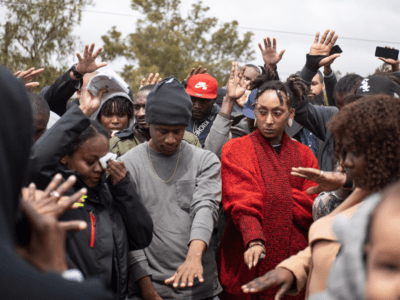
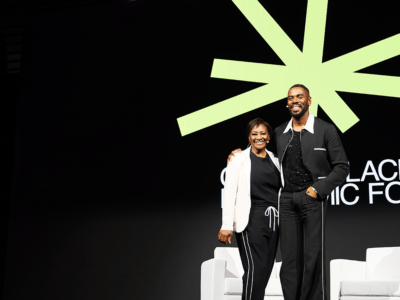
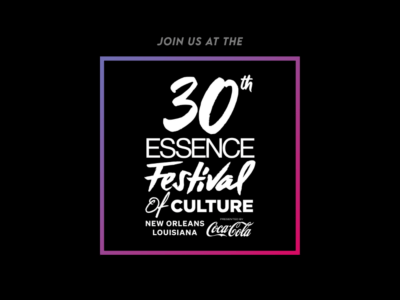
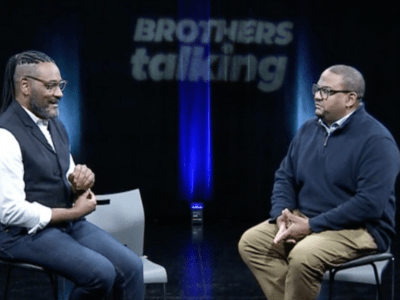
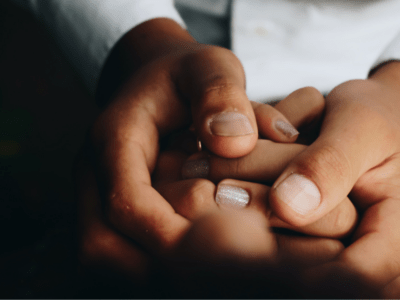
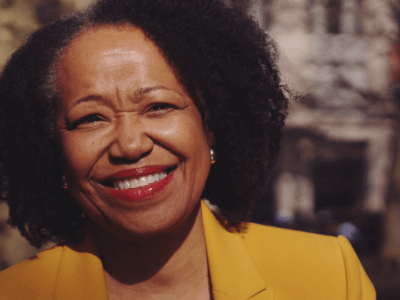

Comments